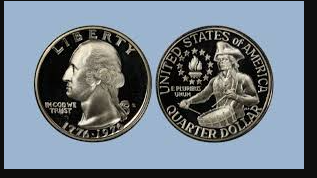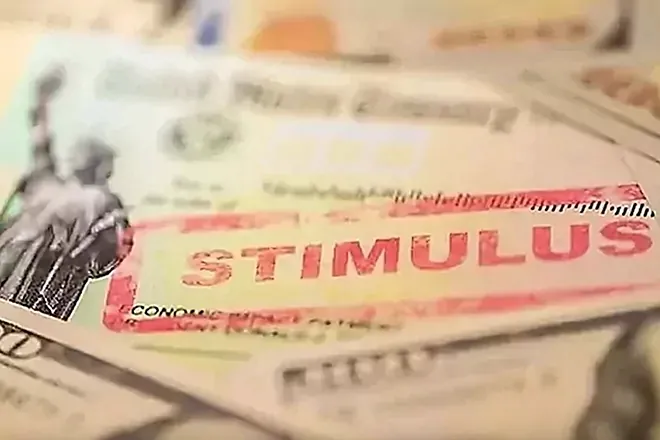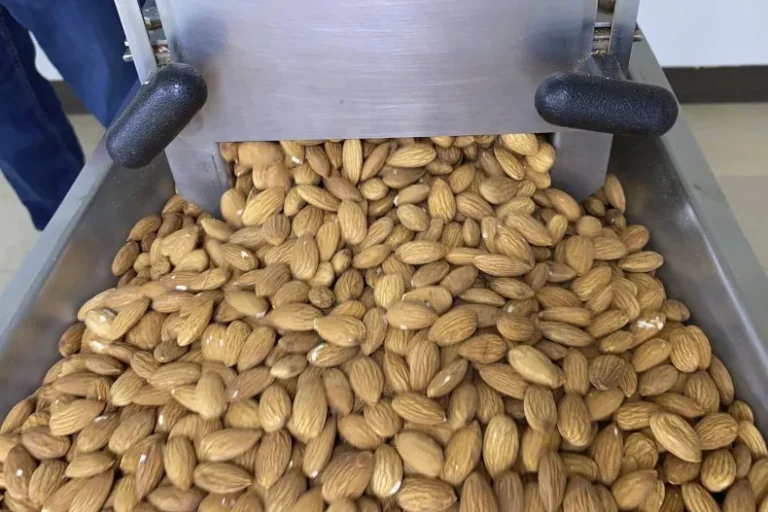Everything You Need to Know About the $300 Rare 1776-1976 Bicentennial Coin
Coins are more than just currency—they can hold historical significance, substantial value, and be treasures for collectors. One such coin that has attracted the attention of numismatists (coin collectors) is the 1776-1976 Bicentennial coin. Minted to commemorate the 200th anniversary of the United States’ independence, certain versions of this coin are now worth as much as $300!
In this article, we’ll explore why some of these rare coins have gained value and answer some frequently asked questions about them.
What is the 1776-1976 Bicentennial Coin?
The 1776-1976 Bicentennial coin series was created by the U.S. Mint to celebrate America’s 200th birthday. The series includes the quarter, half-dollar, and dollar coins, each featuring special designs to mark the bicentennial event. These coins were released into circulation between 1975 and 1976, and while many are still commonly found, some have become valuable collectibles.
Why is the 1776-1976 Bicentennial Coin Worth $300?
While most Bicentennial coins were mass-produced and are still circulating, certain factors make some versions rare and valuable. Coins made from 40% silver and those in uncirculated condition (meaning they have never been used in transactions) can be worth up to $300. Additionally, coins with minting errors, such as double strikes or other production anomalies, are highly prized and can increase in value.
What Makes This Coin Rare?
Several factors contribute to the rarity and value of certain Bicentennial coins:
- Material: Coins made with 40% silver are much rarer than those produced with copper-nickel.
- Condition: Uncirculated coins or proof versions (coins that are highly polished and have never been touched by human hands) hold greater value.
- Minting Errors: Errors during production, such as off-center strikes or other anomalies, make these coins unique and significantly increase their worth.
FAQs
1. How do I know if my Bicentennial coin is rare?
To determine if your Bicentennial coin is rare, check if it’s made of 40% silver or has any minting errors. Additionally, coins that are in uncirculated or proof condition are much more valuable than circulated ones.
2. Are all Bicentennial coins valuable?
No, most Bicentennial coins were mass-produced and remain in circulation, making them less valuable. However, rare versions containing silver or with minting errors are highly sought after by collectors.
3. How can I tell if my Bicentennial coin is silver?
Silver Bicentennial coins usually have an “S” mint mark, which indicates they were made at the San Francisco Mint. These coins were often sold in special collector sets.
4. What is the difference between a circulated and uncirculated Bicentennial coin?
Circulated coins have been used as currency and typically show signs of wear and tear. In contrast, uncirculated coins are in mint condition, never having been used in transactions, and are often stored in protective cases.
5. Where can I sell my Bicentennial coin?
You can sell rare Bicentennial coins through online marketplaces, auctions, or to specialized coin dealers. It’s wise to have your coin appraised by a professional to determine its actual value before selling.
Conclusion
The 1776-1976 Bicentennial coin is a significant piece of American history, and certain versions have become prized by collectors. Factors like silver content, uncirculated condition, minting errors, and demand all play a role in determining its value, with some coins being worth up to $300. Whether you’re a seasoned collector or just starting out, owning one of these coins is a great way to connect with the past while potentially holding a valuable asset.






